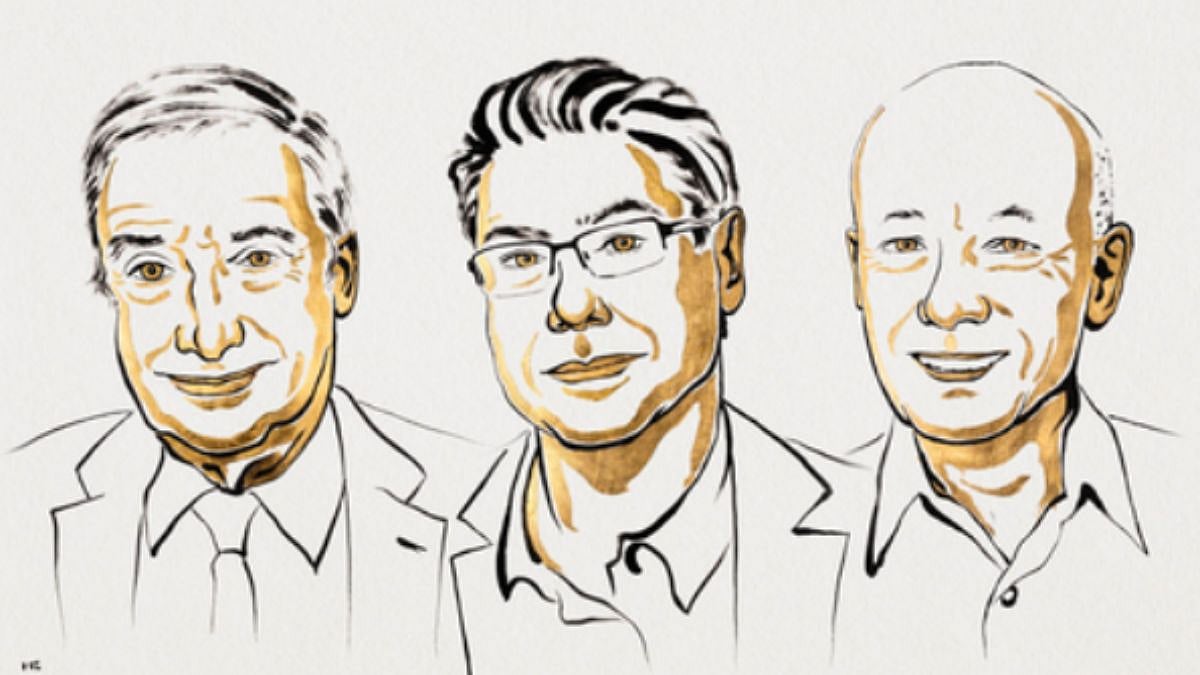New Delhi: The Employees Provident Fund Organisation (EPFO) is planning a significant shift in how it invests the massive retirement corpus it manages. According to Business Standard, the EPFO is working on a new strategy that will divide investments across three different benchmark yields—one each for EPF (Provident Fund), EPS (Pension Scheme), and EDLI (Life Insurance Scheme). This change comes after a recommendation from the Reserve Bank of India (RBI) to redesign the existing approach.
New Benchmarks in Progress
To implement this new strategy, EPFO has already asked its portfolio manager, CRISIL, to prepare a draft proposal. Once ready, the draft will be reviewed by an external committee of financial experts. Following that, an internal investment committee will also examine the proposal. If approved at all stages, the final recommendation will be sent to the government for implementation.
How EPFO Currently Invests
At present, EPFO invests about 45-65 percent of fresh inflows into government securities, 0-45 percent into debt instruments, 5-15 percent into equity index funds, and 0-5 percent into short-term debt. EPFO manages a retirement fund worth nearly Rs 25 lakh crore, covering the retirement savings of around 30 crore workers across India.
How Funds Are Distributed
When a salaried employee joins an organisation in the formal sector, they automatically become a member of EPFO. Monthly contributions from their salary and the employer are split into three parts: the EPF (Provident Fund), the EPS (Pension Scheme), and the EDLI (Life Insurance) scheme. Typically, around 8 percent of the employer’s share goes into the EPS, while 4 percent is added to the EPF.
Digital Pension Certificate at Doorstep
In a separate move to improve pensioner services, the Central Board of Trustees (CBT), the top decision-making body of the EPFO, is planning to roll out a new initiative. It will allow the India Post Payments Bank (IPPB) to deliver digital life certificates directly to the homes of nearly 80 lakh pensioners, improving convenience and reducing dependence on physical verification at banks or offices.












